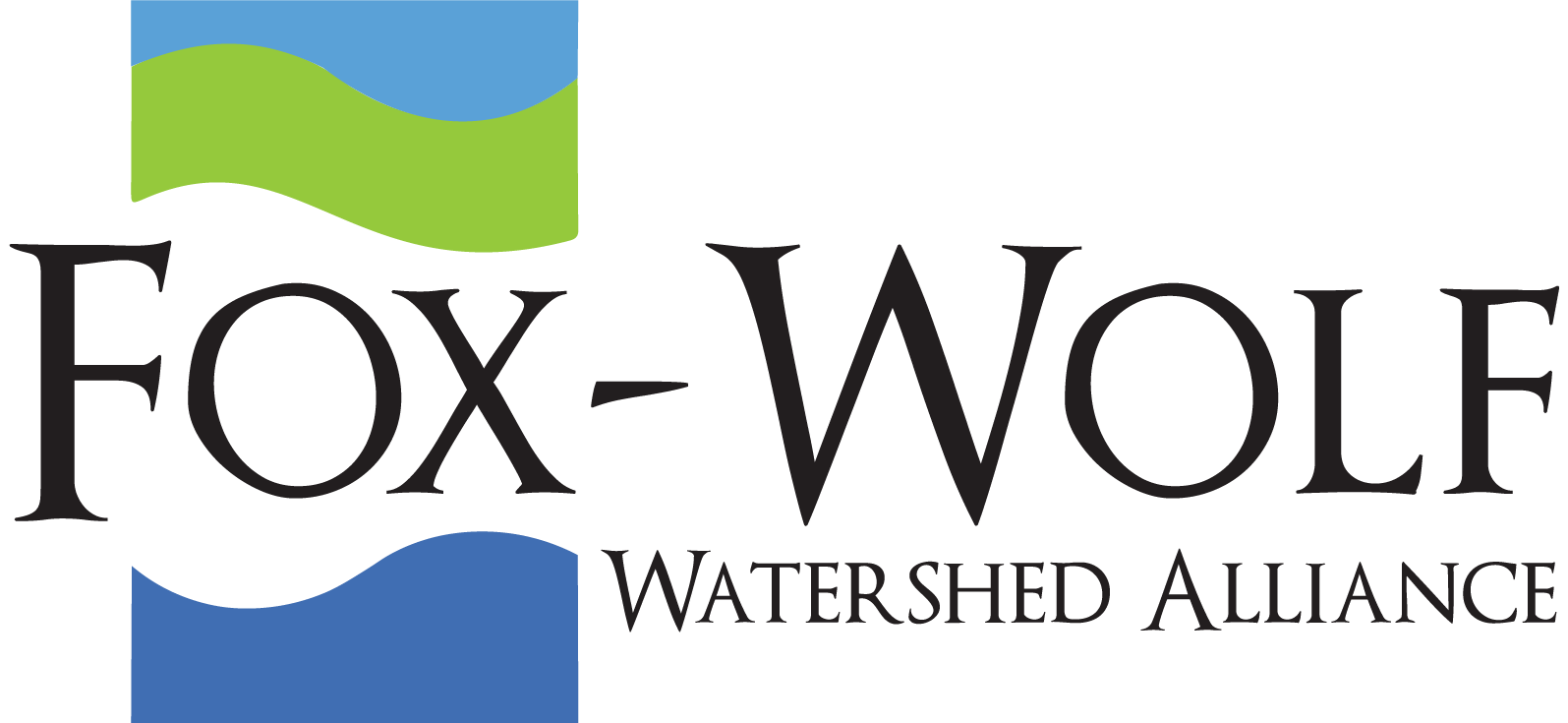Fox-Wolf Watershed’s own Aquatic Invasive Species (AIS) Coordinators Chris Acy and Brady Stockwell add to their AIS knowledge at the Upper Midwest Invasive Species Conference (UMISC) in Rochester Minnesota!
UMISC is an international conference held biennially in the Midwest region of the U.S. Originally intended for states and provinces surrounding the Great Lakes, UMISC has grown and now attracts the attention of environmentalists from around the world. Recently, UMISC was named the largest invasive species conference in North America. 2018 marked their ten year anniversary and had over 1000 persons in attendance representing regions from the west coast of the U.S, parts of Europe, and even Australia. With the large number of invasive species experts in attendance this was an excellent opportunity to talk with colleague and learn about the amazing work being done around the country to stop the spread of invasive species. For our aquatic invasive species (AIS) Coordinators Chris Acy (Winnebago Waterways) and Brady Stockwell (Shawano and Menominee Counties) knowledge is exactly what was actively sought over their three day stay in Rochester.
The adventure for the AIS Coordinators started with a warm welcome reception from the North American Invasive Species Management Association

Chris Acy looks into underground pool at Mystery Cave. He is happy to report that he didn’t see any AIS!
(NAISMA) who hosts the conference. In this first gathering, there were already great connections being made with partners such as the Wisconsin Department of Natural Resources (WDNR), Golden Sands, Stockbridge-Munsee Tribe, and even some out of state organizations. Chris and Brady then continued their day with an exciting field trip to tour the Mystery Cave in Forestville State Park in Fillmore County MN. Here they learned a great deal about the invasive fungus known to inflict a disease called white nose syndrome in bats. According the Minnesota Department of Natural Resources, the disease has devastated the local bat population in the cave
and around the state. They are seeing significantly less populations of hibernating bats in the cave than in years past. Despite the harsh reality of yet another ecological problem influenced by an invasive species, the cave tour provided a chance to see the similarities between prevention efforts to stop white nose syndrome and prevention efforts to stop AIS.
Day 2 of UMISC comprised mostly of 20 minute presentations ranging from graduate student research involving AIS to water managers and University Professors who are further advancing the research into the maintenance and control of invasive species. Brady (Menominee/Shawano AISC) stated that he was in awe at just how much he learned before lunch on the first presentation day. “As an AIS Coordinator in my first year, it’s one thing to learn about different AIS, but to
actually see the real world application of how they function in different ecosystems is intriguing to say the least”, Brady states. Presentations were exceptionally interesting as they looked at various ways to try and control invasive species. Chris Acy (Winnebago Waterways) states, “Learning from presentations on research being done to stop AIS allow us to bring that information and share it with people in our own areas of work.”
One presentation talked about a new machine that was developed in Europe that could eradicate populations of knotweeds (a usually hardy invasive species to sugar coat it) using only hot water and steam. Another presentation focused on the work being done to understand the genetics of an invasive species to try and target a specific region of DNA. This would potentially allow for managmenet strategies that are selective for that specific species. For instance, potentially creating a chemical that targets only zebra mussels and doesn’t allow them to create a shell. In short, it was fascinating to see the very creative and elaborate ideas that invasive species experts of the world are experimenting with and trying to implement. After this meeting, the notion that there may be a breakthrough in invasive species control is very hopeful. When it comes to summing up UMISC, Chris puts it best when he states, “Conferences like UMISC bring together researchers, managers, technicians, and policy makers that allow us to incorporate new ideas into our programs that have been tried and tested.”

Biocontrol on Purple Loosestrife presentation at UMISC.
Additional Photos From UMISC
Any questions or comments? Feel free to contact us!
Chris Acy: E-Mail: chris@fwwa.org Phone: 920-460-3674
Brady Stockwell
E-Mail: brady@fwwa.org
Phone: 920-851-4336
This article was written by Brady Stockwell, AIS Coordinator for Menominee and Shawano counties.





